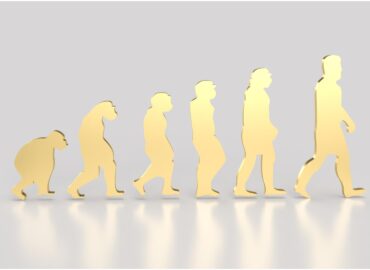How to Build and Scale a Competency Framework Models
The Foundation of Great Talent Management is a Competency Framework Models
If you’re building a future-ready workforce, you can’t afford to overlook the competency framework models. From aligning skills with strategy to enabling data-driven people decisions, it’s the silent engine behind enterprise talent management yet one that many companies still get wrong.
Why You Need a Competency Framework Models for Enterprise Talent Management?
Let’s face it: managing talent at scale is messy. Roles evolve. Skills shift. Expectations change. Without a clear competency framework models, it’s easy for your talent strategy to become reactive instead of strategic.
A robust model helps you:
- Identify the skills that truly matter
- Map them to roles and levels
- Evaluate employees consistently
- Create personalized growth plans
It becomes the common language between HR, managers, and employees and the backbone of every talent decision.
Where the Competency Framework Models Fits Across the Talent Lifecycle?
A well-crafted competency framework models touches every phase of your talent lifecycle:
1. Hiring the Right People
Stop relying on CV keywords and gut instinct. A competency-driven JD ensures you evaluate candidates on the actual behaviors, skills, and potential needed to succeed.
2. Performance and Development
It’s hard to manage what you can’t measure. With a clear model, managers can assess performance against specific competencies and coach more effectively.
3. Learning That Matters
Generic training wastes money. Competency gaps reveal what’s truly needed, making L&D investments sharper and more personalized.
4. Succession Planning and Readiness
The right competency framework model helps you assess future potential, not just past performance. You’ll know who’s ready for what and when.
Where Competency Framework Models Create Impact?
| Talent Area | Challenge Without a Framework | Impact With a Competency Framework Model |
|---|---|---|
| Hiring | Subjective screening, inconsistent role definitions | Role-fit hiring with structured assessments and defined expectations |
| Performance Mgmt. | Generic goals, unclear expectations | Behavior-anchored evaluations and coaching clarity |
| L&D / Training | One-size-fits-all programs | Targeted learning paths based on actual skill gaps |
| Succession Planning | Guesswork in leadership pipeline | Predictive readiness mapping and risk mitigation |
| Internal Mobility | Lack of visibility on transferable skills | Transparent, skill-based career pathways |
| Engagement & Retention | Misalignment between capability and role fit | Higher engagement through growth clarity and purpose |
How to Build the Right Competency Framework Models for Your Enterprise?
It’s not just about listing skills. You need structure, scale, and stakeholder buy-in. Here’s how to do it right:
- Start with Strategic Roles: Focus on business-critical roles first where risk or opportunity is highest.
- Involve Managers: They see behavior in action. Their input ensures relevance and buy-in.
- Define Proficiency Levels: Clear definitions for “novice” to “expert” prevent misinterpretation.
- Keep it Dynamic: Your model must evolve as the business does. Review annually.
- Use Technology: Platforms like PeopleBlox ensure consistency, adoption, and real-time analytics.
Why It Matters Now?
88% of organizations say building skills is critical, but only 15% feel ready to address it (Deloitte, 2024)
Companies using competency frameworks report 22% higher employee engagement and 30% lower attrition (McKinsey, 2023)
HR teams using data-backed frameworks make promotion decisions 2.5x faster (LinkedIn Talent Insights, 2023)
Elements of a Strong Competency Framework Models
| Component | What It Includes | Why It Matters |
|---|---|---|
| Competency Categories | Functional, Technical, Behavioral, Leadership | Covers the full spectrum of success criteria for roles |
| Proficiency Levels | Typically 4–5 levels (e.g., Novice to Expert) | Enables accurate assessments and personalized development |
| Role Mapping | Link competencies to specific roles and levels | Ensures relevance and clarity in expectations |
| Behavioral Indicators | Clear descriptions of actions at each level | Prevents misinterpretation and improves objectivity |
| Update Mechanism | Annual or bi-annual reviews | Keeps the framework aligned to evolving business and market needs |
The best competency framework model isn’t a static grid. It’s a living architecture that shapes your entire workforce strategy. When done right, it helps you:
- Hire better
- Develop smarter
- Plan succession seamlessly
- Reduce risk
- Align people with business goals
And most importantly it earns HR a seat at the strategic table.
If you’re serious about enterprise talent management, a modern competency framework models isn’t optional it’s essential. Start small, get it right, and expand with confidence. The right framework not only drives performance it builds trust, clarity, and capability across your organization.



